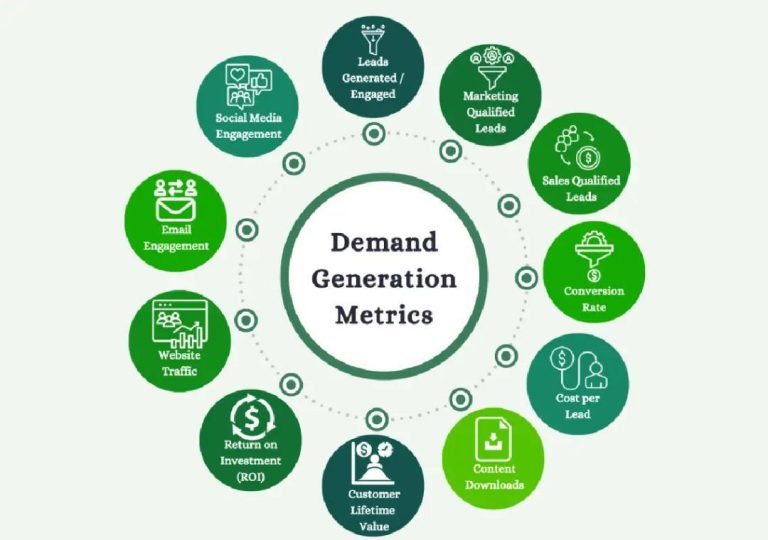
Are Your Revenue Streams Optimized by Channel Type?
In today’s omnichannel landscape, brands are faced with the daunting task of managing multiple revenue streams across various channels. From direct-to-consumer sales to retail partnerships and marketplaces, each channel presents its own unique set of challenges and opportunities. While it’s tempting to adopt a one-size-fits-all approach, doing so can lead to suboptimal results and missed revenue opportunities.
At Growth Jockey, we believe that a tailored approach is necessary to maximize revenue growth management (RGM). In this blog post, we’ll explore the importance of optimizing revenue streams by channel type and provide actionable insights on how to achieve this.
Understanding Channel-Specific Behaviour
Each channel type has its own distinct characteristics, customer profiles, and purchasing habits. For instance:
- Direct-to-consumer (D2C) channels, such as e-commerce websites and social media platforms, offer a direct connection with customers. This allows brands to collect valuable data and insights, enabling targeted marketing and promotions.
- Retail partnerships, on the other hand, involve a physical presence and a more traditional shopping experience. Here, brands must adapt to the retailer’s brand voice, pricing, and inventory management.
- Marketplaces, such as Amazon and eBay, are vast ecosystems with their own rules and algorithms. Brands must optimize listings, pricing, and promotions to compete with other sellers.
Why a One-Size-Fits-All Approach Fails
Attempting to apply a single strategy across all channels can lead to suboptimal results. For example:
- Overly aggressive pricing strategies on D2C channels may not translate well to retail partnerships, where prices may be set by the retailer.
- Promotions and discounts that work well on social media may not be as effective in a physical retail environment.
- Inventory management strategies optimized for a D2C channel may not be suitable for a marketplace, where inventory levels are often dictated by the platform.
Tailoring Your Presence to Each Channel
To maximize revenue growth, brands must develop a deep understanding of each channel’s unique characteristics and adapt their strategies accordingly. This requires a channel-by-channel approach, rather than a blanket policy.
Here are some key considerations for optimizing revenue streams by channel type:
- D2C Channels:
- Leverage data and insights to inform targeted marketing and promotions.
- Offer personalized experiences and flexible payment options.
- Continuously monitor and optimize website performance and user experience.
- Retail Partnerships:
- Adapt to the retailer’s brand voice and tone.
- Offer flexible pricing and inventory management solutions.
- Develop strong relationships with retail buyers and category managers.
- Marketplaces:
- Optimize listings and product descriptions for search visibility.
- Monitor and adjust pricing in real-time to stay competitive.
- Utilize marketplace analytics to track performance and identify areas for improvement.
Creating a Customized Playbook for Each Channel
Developing a customized playbook for each channel requires a deep understanding of the channel’s specific requirements and opportunities. Here are some steps to help you get started:
- Conduct channel-specific research: Study the channel’s customer profiles, purchasing habits, and market trends.
- Develop channel-specific strategies: Tailor your marketing, pricing, and inventory management strategies to each channel’s unique characteristics.
- Monitor and adjust: Continuously monitor performance and adjust strategies as needed to optimize results.
Conclusion
Optimizing revenue streams by channel type is crucial for brands looking to maximize revenue growth management. By understanding the unique characteristics of each channel and adapting your strategies accordingly, you can unlock new revenue opportunities and stay ahead of the competition.
At Growth Jockey, we believe that RGM requires a tailored approach that takes into account the distinct needs and opportunities of each channel. By developing a customized playbook for each channel, you can ensure that your brand is optimized for success in today’s omnichannel landscape.
Source:
https://www.growthjockey.com/blogs/steps-optimizing-revenue-growth-management






